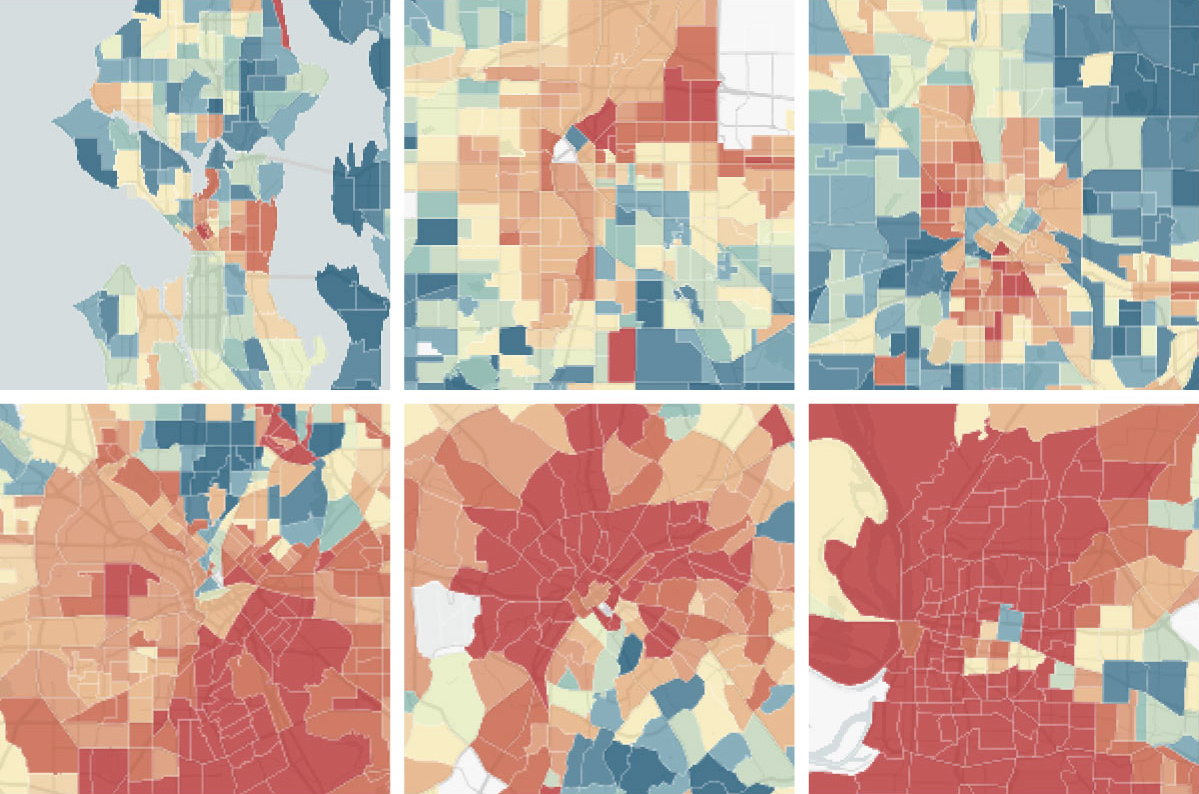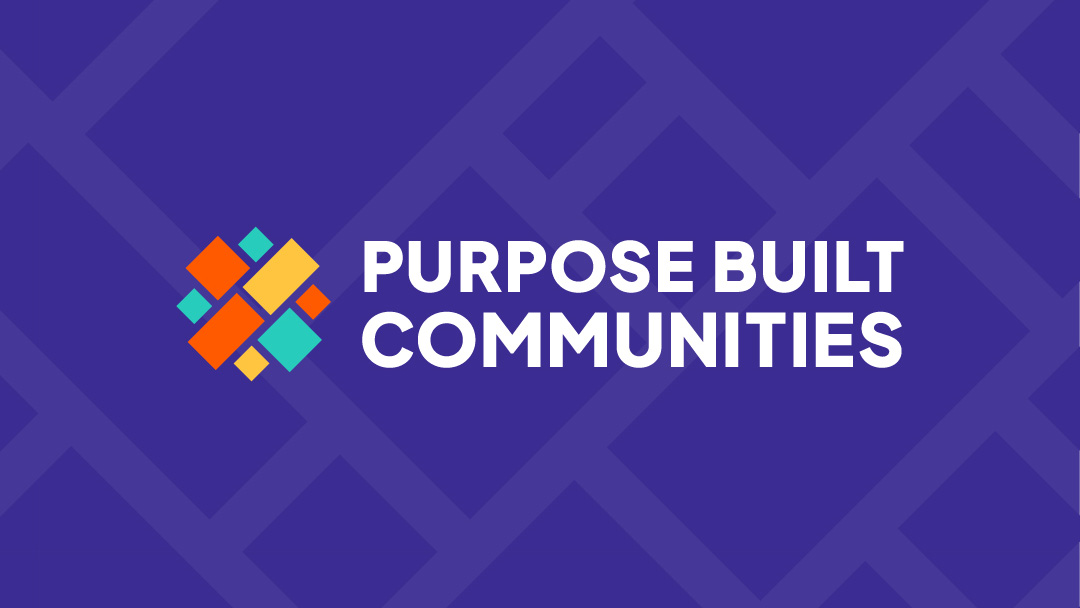This tenet of our work was brought into sharp focus in a recent article in The New York Times, “Detailed New National Maps Show How Neighborhoods Shape Children for Life,” by Emily Badger and Quoctrung Bui. The article highlights data from the Census Bureau and researchers at Harvard and Brown universities that offer a long view of what happens to children who grow up in areas of poverty. The research is presented at a hyper-local scale, leveraging data to track what happens in individual neighborhoods like never before.

income for poor children
Source: The Opportunity Atlas
From the article, “I believe the results of the data, but we all wish we knew what the distinguishing attributes are, so that we could build them in other neighborhoods,” said Andria Lazaga, the director of policy and strategic initiatives with the Seattle Housing Authority. “That’s the dream — to figure that out.”
At Purpose Built Communities, our work with neighborhoods across the country for more than 20 years indicates that it isn’t just affordable housing or jobs or education or access to healthcare, but all of those attributes and more that determine whether a neighborhood is a place that perpetuates poverty or helps people achieve more than previous generations. The variables that influence place-based poverty are interdependent. Fundamentally reshaping a neighborhood to increase opportunity involves bringing a holistic and concurrent approach to mixed-income housing, high-quality cradle-to-college education resources and health and wellness services and infrastructure like clinics and gathering spaces like parks, all envisioned and executed in deep and ongoing collaboration with those who live in the neighborhood. Some of the outcomes of this approach are the building social capital that increases economic mobility and improved health outcomes for everyone.
We’ve seen it work in Atlanta’s East Lake neighborhood, where the achievement gap is closing. The high school dropout rate was once nearly 75 percent[1], yet the Charles R. Drew Charter School graduated 100 percent of its first senior class, and the entire neighborhood is growing along with those students. And in the Bayou District of New Orleans, 685 mixed-income rental apartment homes have been built on the site of a former public housing complex and crime has gone down by 95 percent; this offers children a safe, healthy environment with exposure to professions and choices they often lack when living in low-income housing. We’re seeing it play out daily in Charlotte, North Carolina, where more than 55 community organizations partner to provide health and wellness services to residents of the West Boulevard corridor, because people can achieve more when they are physically and emotionally healthy.[2]
With the Purpose Built Communities model of holistic neighborhood revitalization, a growing number of communities nationwide are working to break the cycle of intergenerational poverty and create a world where geography no longer limits human potential. This research will prove valuable to city planners, community leaders and others across the country, including the organizations in the Purpose Built Communities Network—because it will help refine the strategies that are already working. It reinforces and offers new insights into what we have known to be true for a long time: your neighborhood matters.
[1] https://www.seattletimes.com/opinion/from-living-hell-to-living-well-atlanta-discovers-what-works/
[2] https://pbcwebdesign.wpengine.com/our-network/charlotte-renaissance-west/



